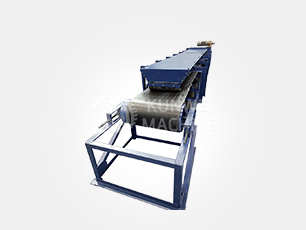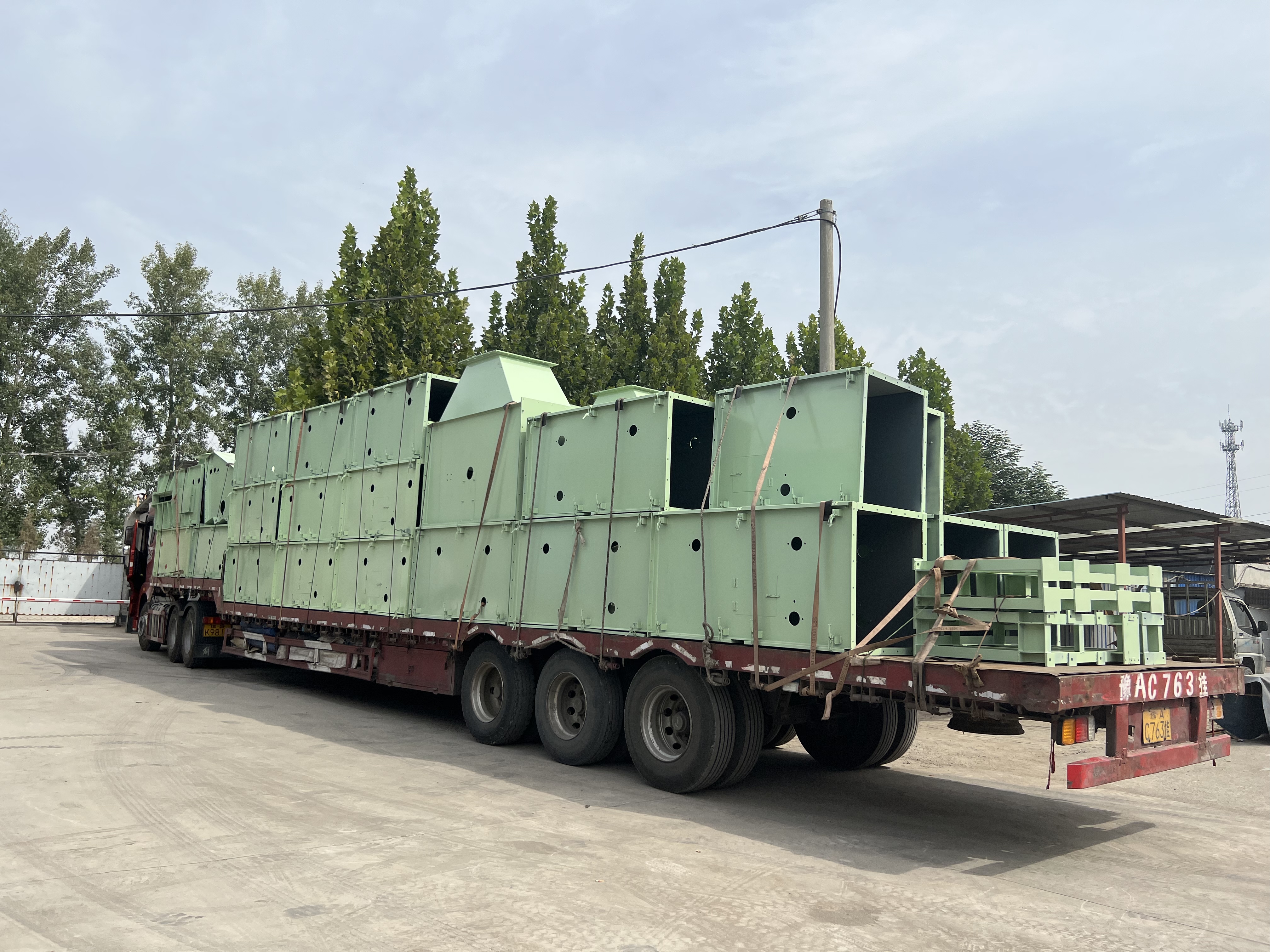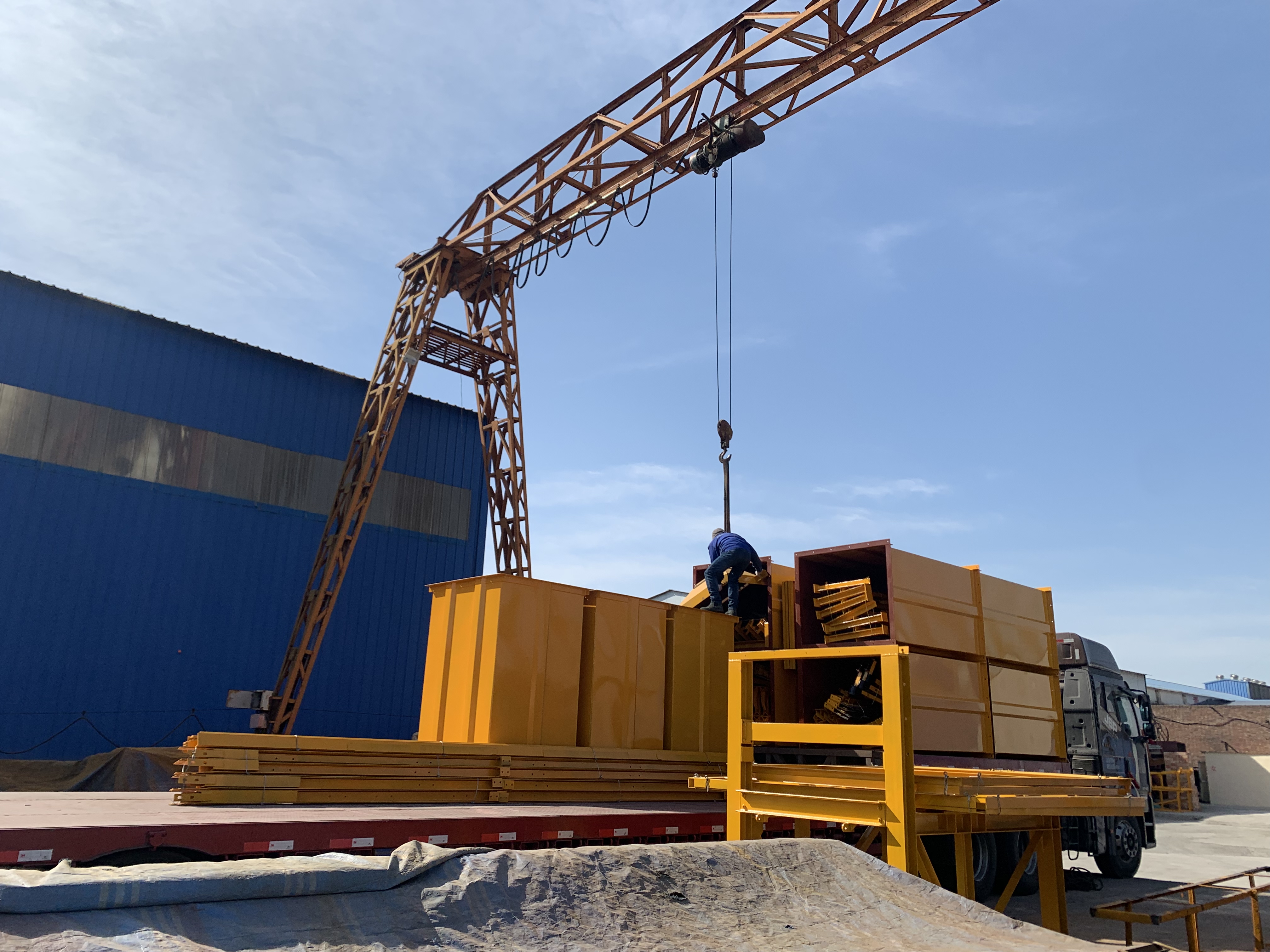First. Introduction of fixed belt conveyor:
Fixed belt conveyor technology has been developed greatly in recent years, especially in some key technologies with a leap forward; as a contemporary industrial mechanized conveying method, it is widely used in metallurgy, coal, transportation, hydropower and other sectors. Conveying bulk materials or pieces of goods, according to the requirements of the conveying process, can be a single conveyor, can also be more than one or with other conveyors to form a horizontal inclined conveying system.
Second, fixed belt conveyor features advantages:
Large transportation capacity, long transportation distance, small working resistance, low power consumption, about 1/3~1/5 of the power consumption of scraper conveyor, and in the process of transportation, the load and the tape move together, so the wear and tear is small, and the crushing of the load is small.
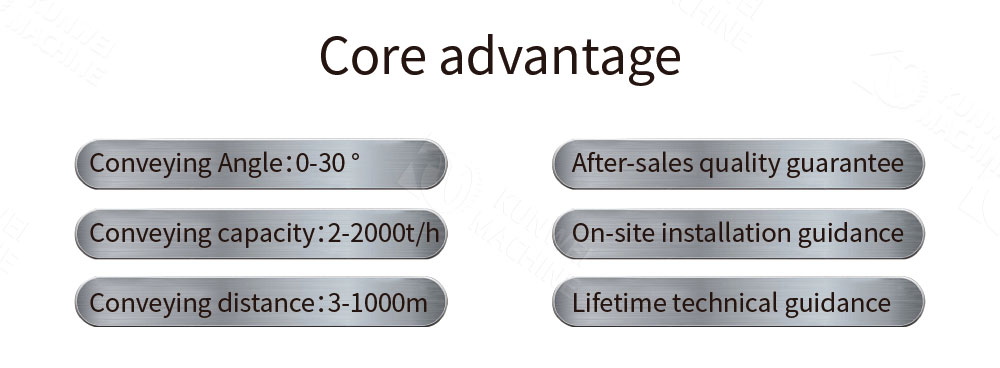
Third, the scope of application of fixed belt conveyor:
1、Applicable inclination
It can be used for horizontal and inclined transportation. Upward transportation: maximum inclination +20° (raw coal), maximum inclination +18° (lump coal) downward transportation: maximum inclination +18°; if transporting adherent and adhesive materials, the inclination can be larger.
2、Applicable places
Mining area, up and down the mountain, and the main transportation alleys, caves and the ground, etc.
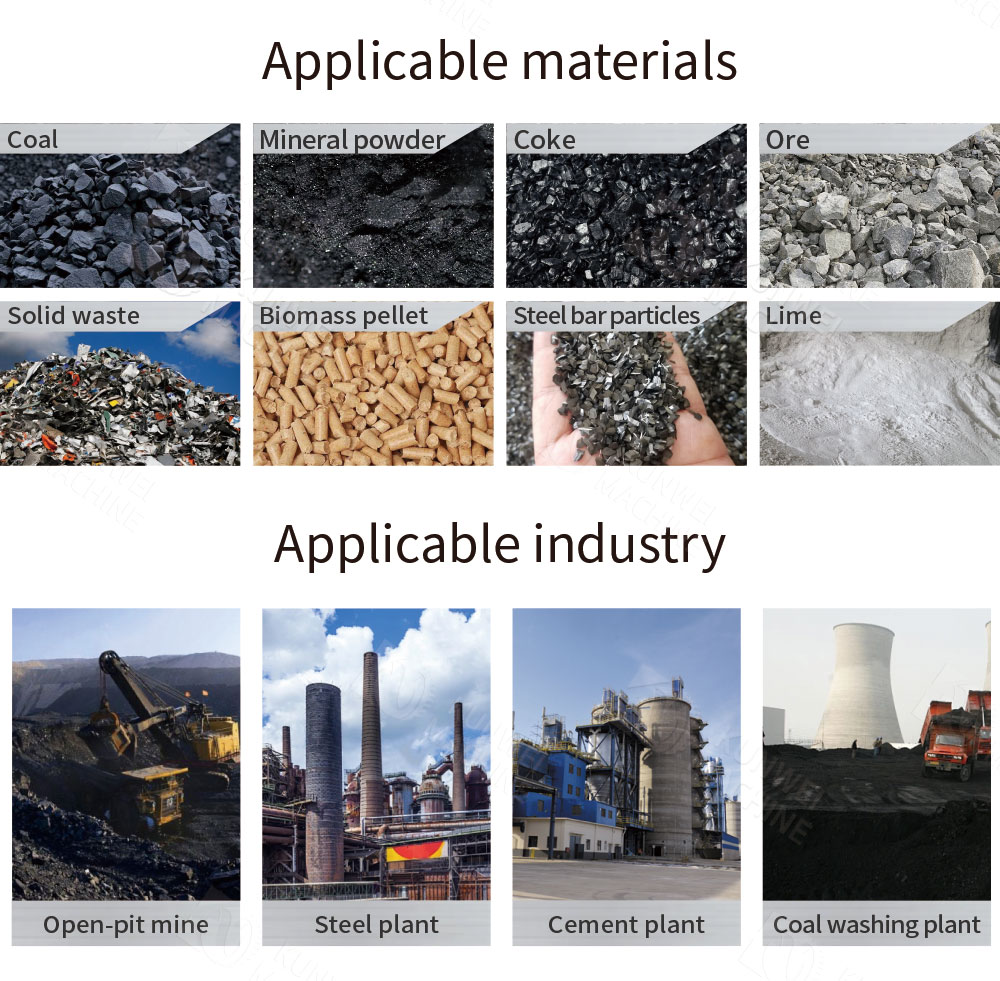
Fourth, the structure of fixed belt conveyor:
Basic components: conveyor belt, rollers, driving device (including drive roller), frame, tensioning device, cleaning device and braking device.

Fifth, fixed belt conveyor models and parameters:
Belt conveyor has many types to adapt to different conditions applicable, but its composition is basically the same, only the specific structure is different. General fixed belt conveyor model: TD75 type, the frame is fixed on the base plate or foundation. Generally used in the transportation distance is not too long, permanent use of the location. Such as coal plant, cement plant main transportation line.
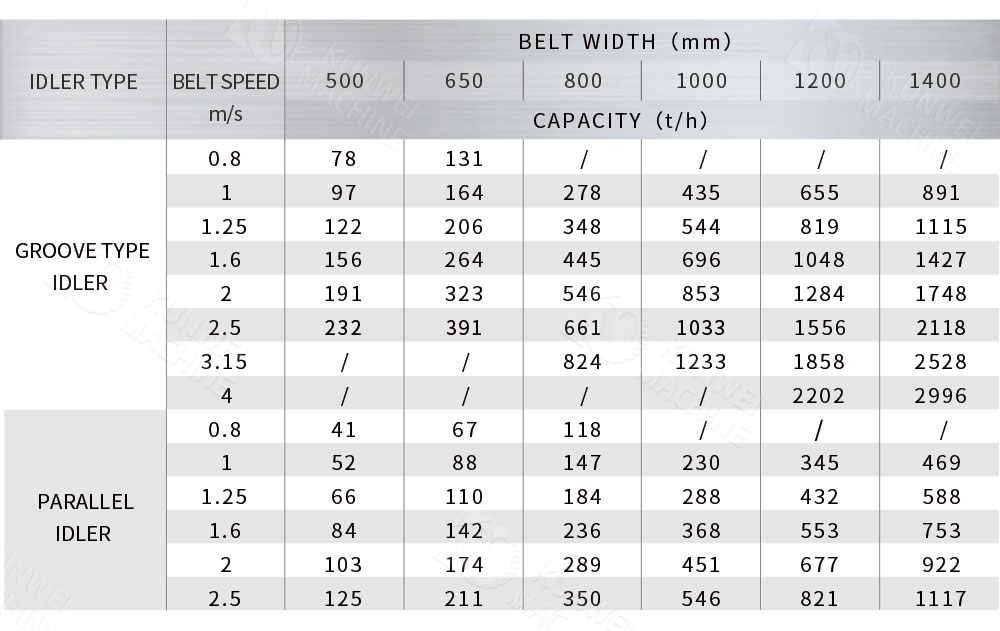
[contact-form-7 id="b88c0ec" title="product form"]
